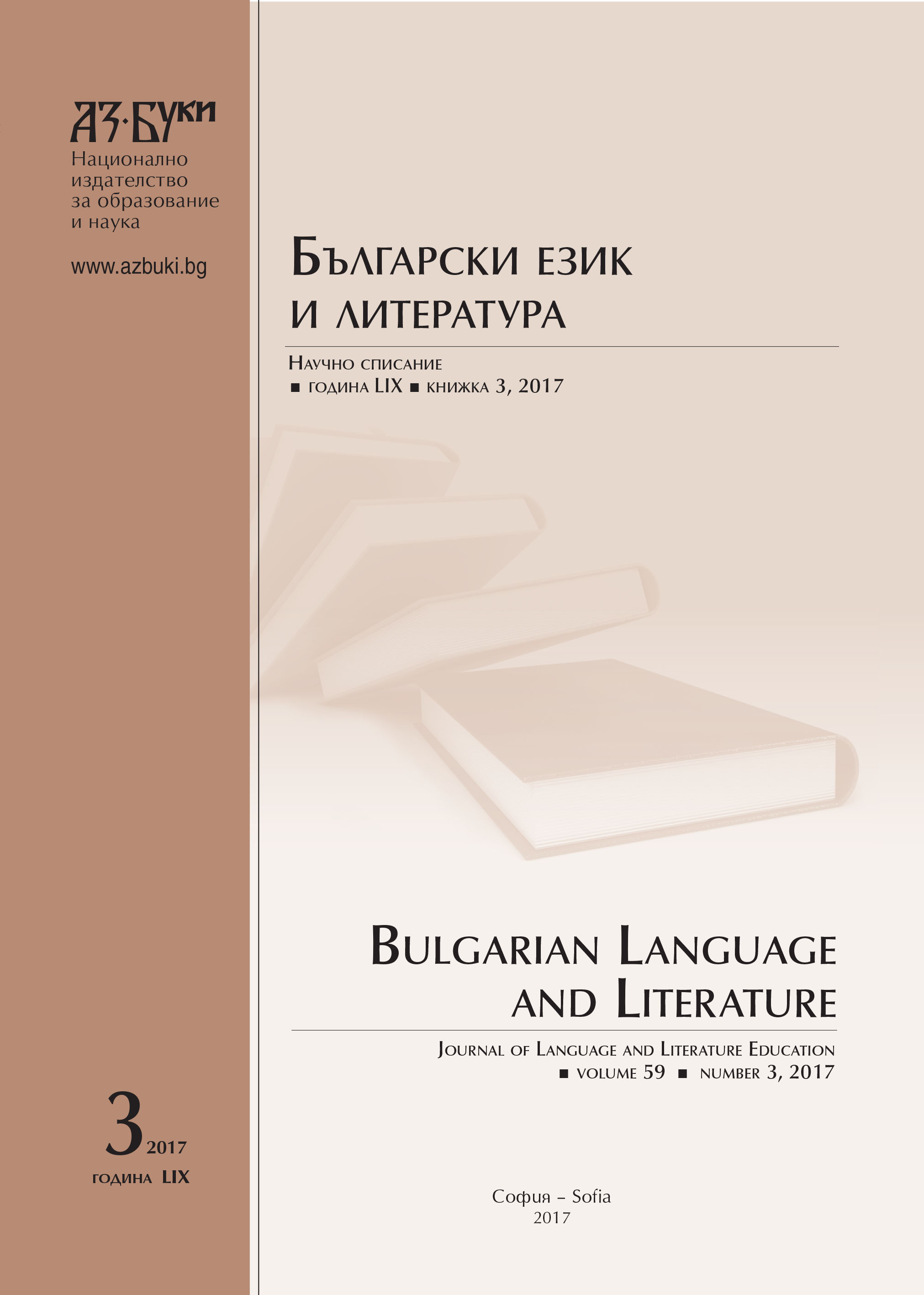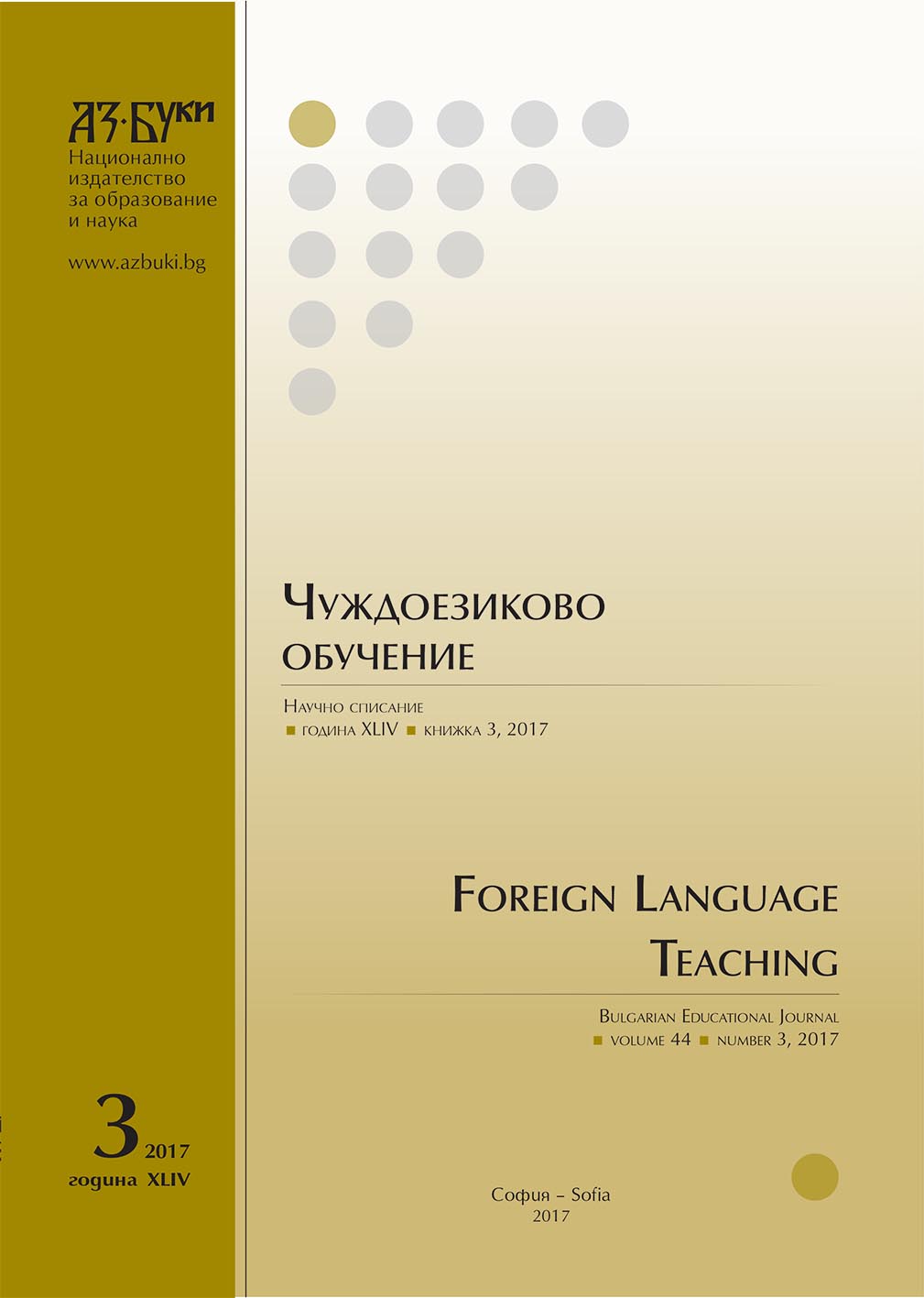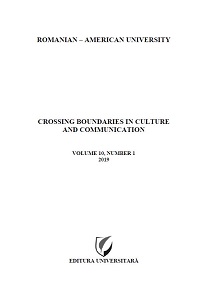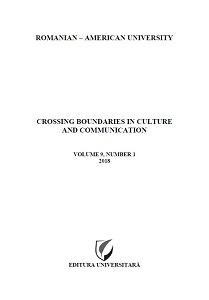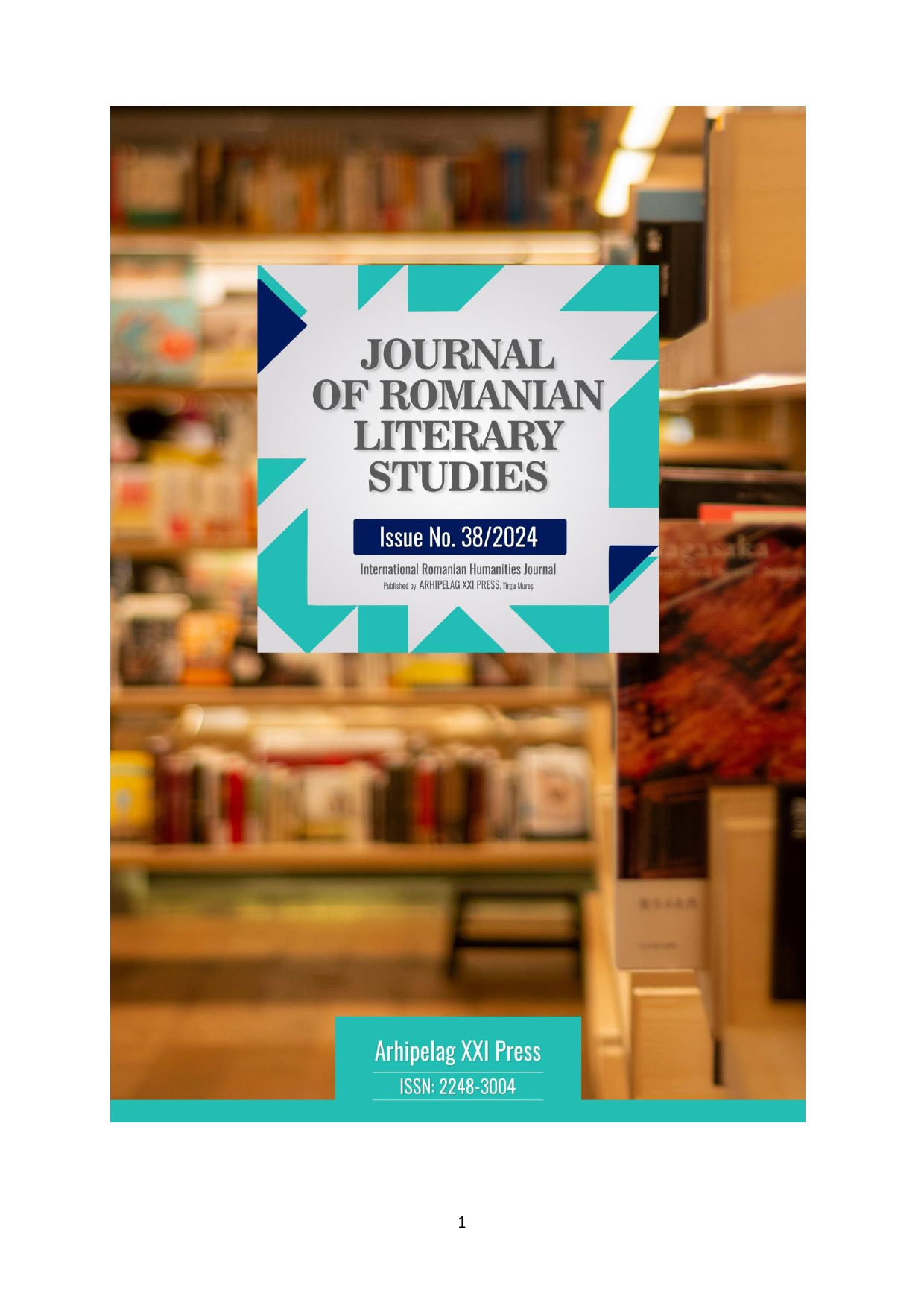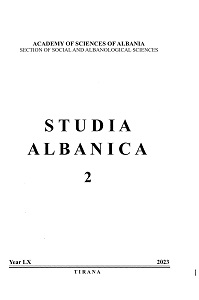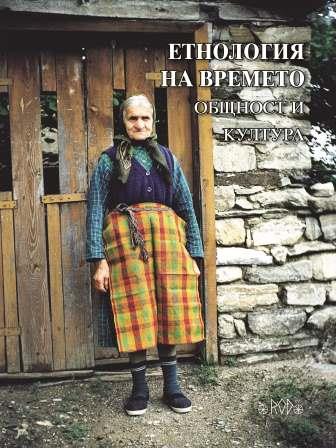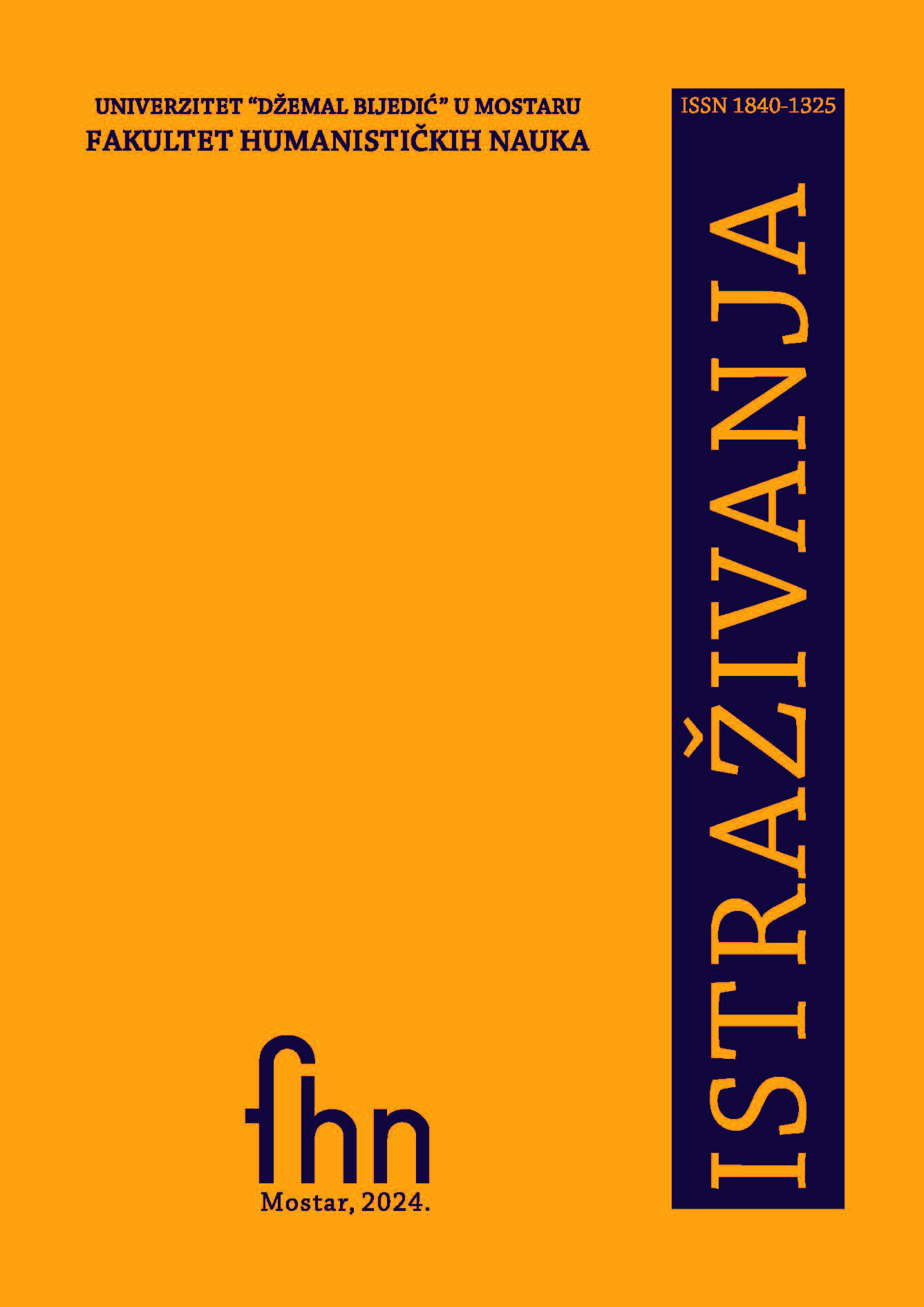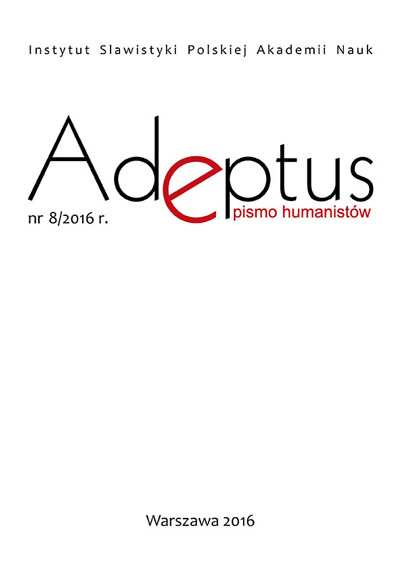
Słownictwo kulinarne w chorwackich przysłowiach, porzekadłach, frazeologizmach, przyśpiewkach, formach żargonalnych i ludowych
Dishes and food products – the way they are made, their complexity, taste and appearance – are all part of culture and tradition that are created by people feasting at the table. While discussing various everyday issues, they also talk about food – they praise it, complain about it and criticize it. Eating meals with friends and family both in everyday situations and on special occasions creates a special mood. It creates an occasion for confessions, advice, jokes, memories and reflections about life. Various sayings and proverbs, which enrich the culture of a given country or region are brought to life on these occasions. Croatia is not an exception in this regard. Many proverbs and sayings connected with local culinary traditions exist in Croatian. Some of them are known widely throughout the country, others only in certain territories. Numerous proverbs are known throughout Croatia, albeit with a slightly changed imagery. The proverbs presented in my article are found in a dictionary by Josip Kekez, a renowned Croatian paremiologist. It is worth noting that they comprise selected material, which does not cover information present in internet dictionaries. Further in the paper I describe regional proverbs and songs, which are an important element presenting the diversity of Croatian dialects. Each Croatian phrase is accompanied by my Polish translation, which clarifies its meaning. Additionally, I quote other language variants like jargonisms and foreign lexis in culinary vocabulary with a view to present the extraordinary abundance and diversity of Croatian culinary lexis.
More...
